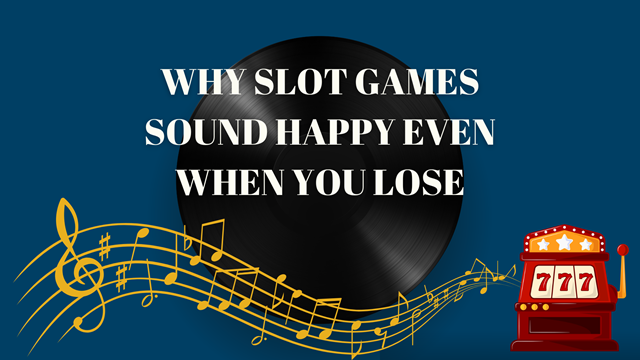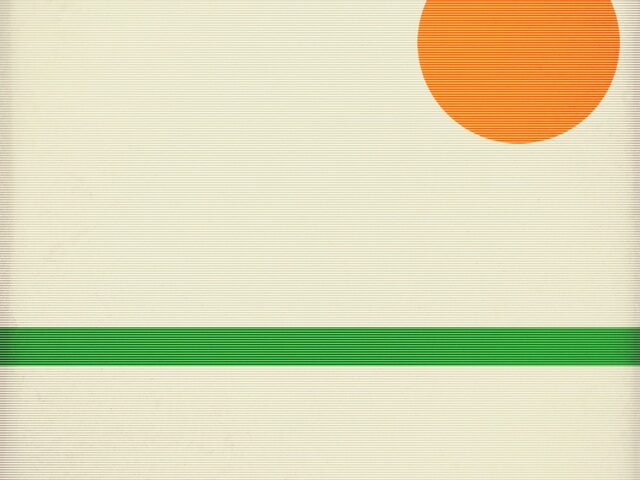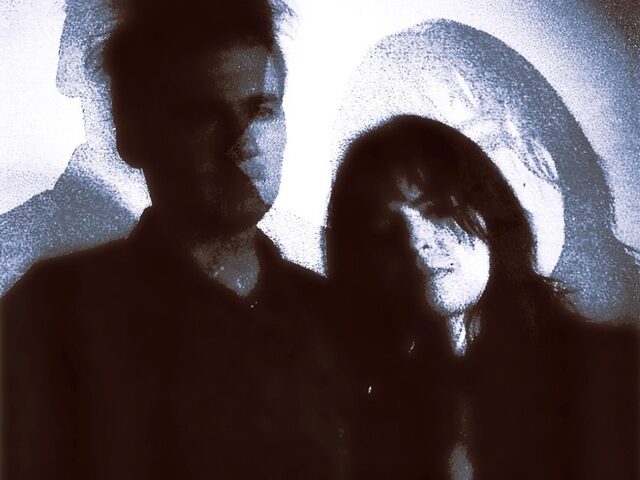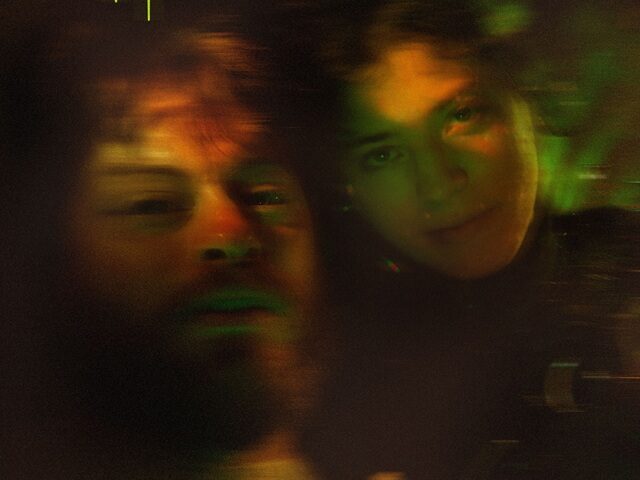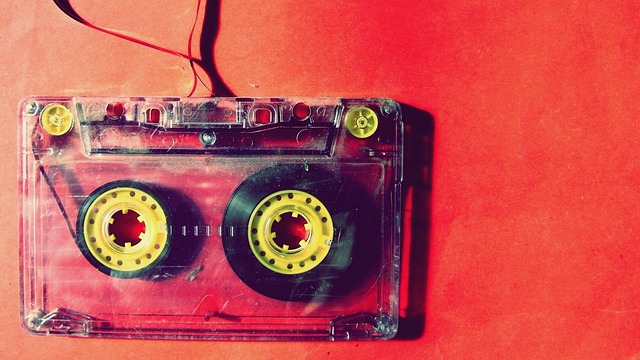
Although it’s crystal clear that streaming services like Spotify and Apple Music have become the most popular way that people listen to music today, you can walk into any modern music store and see boxes and boxes of vinyl. There’ll be the classics like Miles Davis’s Kind of Blue, which was officially released on a 12-inch vinyl record, but you’ll also spot countless 21st-century artists such as Tyler the Creator or Clairo with their latest music available in the same format.
Sure, some current-day artists might still release physical CDs for their fans, but it might seem like an oddity that vinyl is making a resurgence. After all, pretty much every audio playback device is obsolete, thanks to smartphones. Despite this, it seems like vinyl and cassettes are capturing the attention of music enthusiasts once again. Just like sweepstake casino games are reviving gambling culture in an alternative way, these now-radical ways of consuming music certainly offer something special that digital formats simply can’t recreate.
A Brief History of Vinyl and Cassette Tapes
Before we were blessed with the convenience of digital music formats, we went through over a century of physical ones. While we won’t touch on the earliest iterations of the wax cylinder phonograph or the panharmonicon, we can go back to the music box disc. The music box disc was the precursor of the vinyl record we recognize today — a round flat disc put onto a music box that would turn it — sort of like an early record player. The pins would pluck the metal teeth on the disc, creating sound. Slowly but surely, we saw records made by shellac and eventually vinyl records.
In 1963, compact cassettes were introduced to the world, a much more affordable and compact audio format that birthed the concept of portable players. This was widely contrasted to record players, which confined us to listening to music in one location.
The Appeal of Analog: Why the Comeback?
Beyond the physical attributes of these formats, both vinyl and cassettes have their own distinct appeal, whether sound quality or cultural significance. Just like how mom jeans were fashionable in the late ‘80s and came back in the mid-2010s and how Y2K fashion is in vogue again 20+ years later, we see a similar cyclical trend happening with these old audio formats.
It’s true that many buyers could simply want to capitalize on these trendy new items, but there are a variety of reasons why analog is making a comeback. Vinyl records have always been celebrated for their unique sound quality, to the point where people will argue until they’re blue in the face that VINYL SOUNDS BETTER. Digital engineers would beg to differ, as technology can practically overcome the struggles that vinyl goes through, such as tackling those highs and lows and removing surface noise.
Funnily enough, surface noise is exactly part of its charm. People fall in love with the warmth and authenticity of records, providing human ears with the most organic form of music available. There are so many physical elements that affect the way the music sounds, whether it’s the sizes of the grooves or the type of turntable you have. And there’s the aspect of culture too, which is the main reason that both vinyl and cassettes have had a resurgence — for most people, anyway.
They both carry the factor of nostalgia, making people think of certain moments in time. With cassettes, there’s the mixtape culture of the ‘80s and ‘90s, where you’d compile a selection of songs to share with friends, lovers, and family. It’s not the sound quality that people are after — it’s their representation of self-expression and aesthetic appeal with cassette shells and whirring reels. Meanwhile, the appeal of vinyl is that it presents an opportunity to break free from overly compressed digital formats and amplifies the character of music.
How the Revival Has Shaped Modern Music
This revival has truly impacted many facets of the music industry. It’s not just about personal preference — it’s about artist creativity, music consumption habits, and renewed interest in analog listening. While records started becoming popular again as early as 2007, seeing vinyl sales increase by 89%, it wasn’t until the 2020s that record stores became the place to be, and everyone and their grandmother seemed to have a Crosley record player at home. Taylor Swift seems to be at the helm of the record sales ship, selling hundreds of thousands of units of her album Midnights. It was the first big album release since 1987 to sell more vinyl than CDs.
Music lovers are starting to wholly enjoy analog — even crave those methods and techniques and appreciate the intimate nature of the listening experience. It presents a new opportunity for artists in all kinds of genres to experiment with their sound and production methods, reclaiming the essence of music in our overly digitized world.
Record labels and artists can capitalize on these physical formats by releasing them with one-of-a-kind artwork that diverges from that of CDs or streaming services or even releasing vinyl and cassettes with bonus tracks that aren’t available anywhere else. We’ve seen examples of this already, most recently with Olivia Rodrigo’s Guts. Is this somehow corrupt and exploitative? Some might say yes, while others see it as a way to connect with their audience and show genuine appreciation for these formats.


